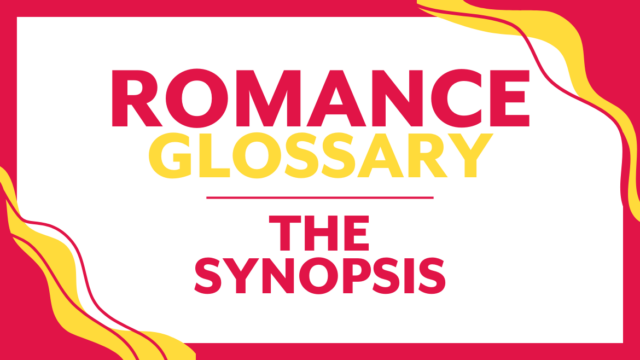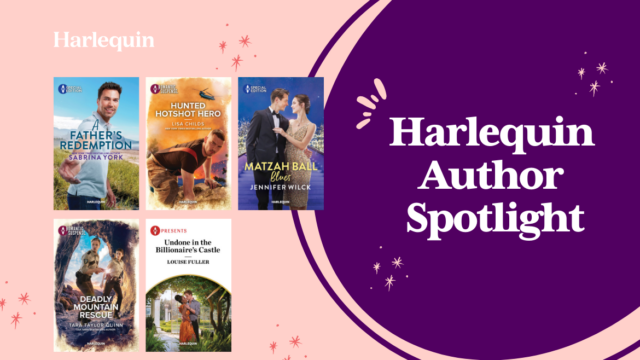
Lena Diaz sold her first Harlequin Intrigue in 2011–and she’s just contracted her ninth title! She writes emotional, exciting, juicy stories and we’ve asked her how she creates her magic…
How do I write a Harlequin Intrigue? Today I’m sharing my process, from beginning to end. Let’s dive right in!
The Story Idea
Intrigue readers want fast-paced, action-filled stories, with twists and turns, a mystery element, lots of danger and an alpha hero. They want to experience this breathless adventure and fall in love right along with the hero and heroine. To come up with an idea that satisfies these reader expectations, I start with the hero.
Since I write law-enforcement heroes, I research types of law-enforcement jobs that I either haven’t written yet or want to explore further. Once I’ve settled on the hero’s occupation, I brainstorm “what-if” scenarios to come up with a sticky situation and a fun setting. The situation and setting help me figure out who the heroine should be, someone whose job or values will put her in direct conflict with the hero. From there, I plot out the skeleton of the story, write a proposal, send it to my editor and hope for a contract!
My Golden Secret – Pie Charts!
Once I agree on a manuscript delivery date, I figure out a target date for my first draft. I always spend 2/3 of my writing time on the first draft and 1/3 revising and polishing. So I divide my total writing time into thirds, then divide again to get my daily writing goal.
A simple example: If I have 3 months to turn in my manuscript, I will spend 2 months writing the first draft. That’s about 60 days. Intrigues are 55,000 words minimum, so I divide 55000 by 60 and get something like 916 words per day. I round that up to 1,000 to build in extra time for unexpected delays.
I then create two pie charts. The first one is for my daily goal of 1,000 words. The second one is for my overall goal of 55,000 words. Every day I record my actual word count. As I near my goals, the charts turn from red to blue. When my daily chart is all blue, I’ve met my daily goal! When the second chart turns blue, my first draft is done!
Since I’m a visual person, those pie charts are really motivating. Hey, it’s weird, but it works. For me at least.
Write the Story
Now that I have my goals mapped out, I write as fast as I can. I do NOT edit as I go. If there are glaring mistakes or problems, I write myself a note to use during my revision stage.
Revisions!
After completing the manuscript, I set it aside for a few days or a few weeks if possible (depending on how long I have before the due date). I focus on something else to try to empty the story out of my head.
Then I read the manuscript beginning to end, making notes as I read. I do NOT fix anything yet. I write a list of bullet points describing problems I discovered both during the first draft (remember the notes I made for myself earlier?) and during this read-through. Then I use this bulleted list as a guide while revising my story. Finally, I read the story several more times, tweaking, polishing until it’s the best I can make it.

Repeat!
That’s it, my writing process. There’s a lot more to it than that—like how I plot and plan the story. But at a high level, this is how I create an Intrigue. What do I do once I’m finished? I start all over again with the next story of course!
Every writer has to establish a process that works for them. I hope you discover the best process for you, and that all of your writing dreams come true!
 Don’t miss Lena’s next title–UNDERCOVER TWIN is out now and TENNESSEE TAKEDOWN is coming out next year. And think about pies…oops, pie charts!
Don’t miss Lena’s next title–UNDERCOVER TWIN is out now and TENNESSEE TAKEDOWN is coming out next year. And think about pies…oops, pie charts!
You can find out more about Lena on her website, Facebook page, or on Twitter @LenaDiaz
Or see the Harlequin Writing Guidelines…
Happy reading–and writing!




